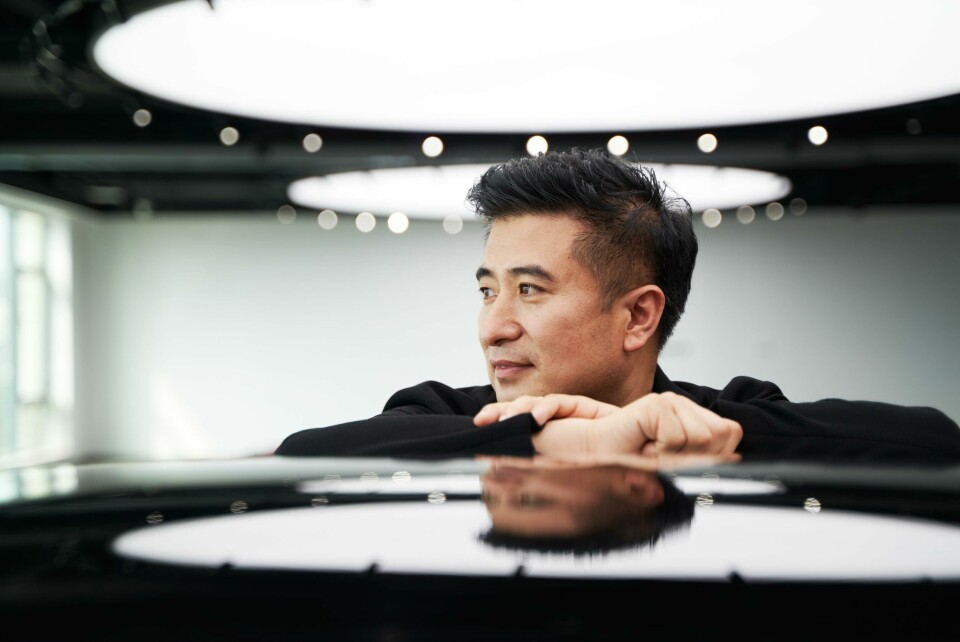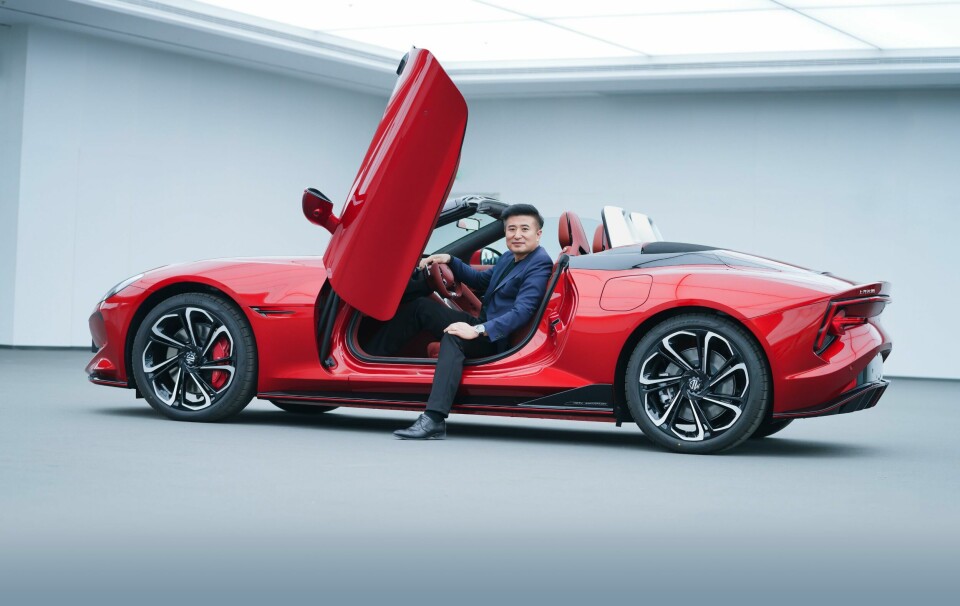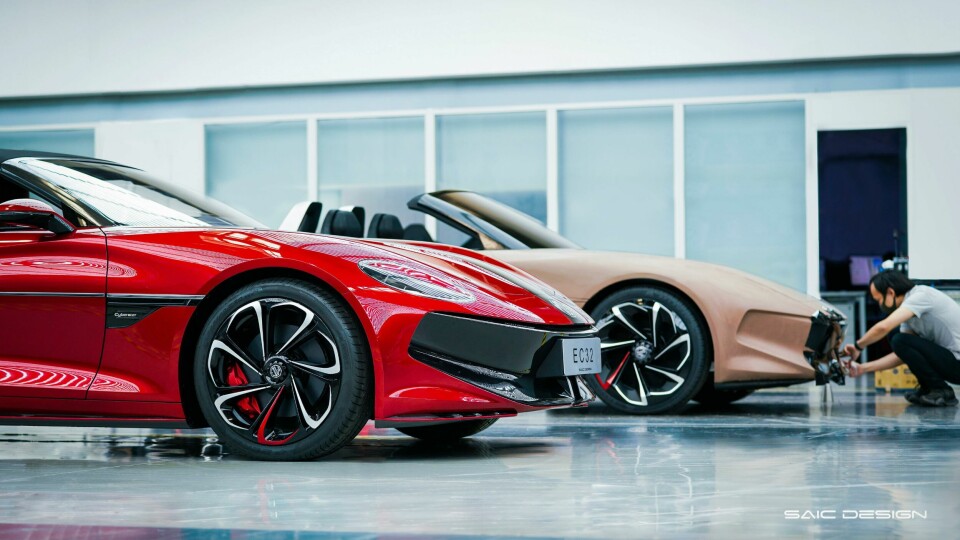
Car Design Review X: Shao Jingfeng, SAIC
SAIC’s Shao Jingfeng shares his personal approach to design in this exclusive Car Design Review X interview
The Cyberster is an incredibly important car for us and this year we chose to show it in public for the first time at Goodwood. My designers and I always go there. It’s like a big festival with new launches but also old cars I’ve never seen before. I really respect this kind of car culture in the UK and it helps me – and my design team – to understand the history of MG. It’s important to us. This year MG marks its centenary as a brand, so we needed a car to tell customers that MG is back. The Cyberster is that car.
I loved the process of taking the show car into production – I dreamed about this kind of project as a kid – but there were challenges along the way. In 2017 we launched the MG E-Motion concept, a sports car that was inspired by the MG B. Unfortunately that project fell through and that was a bad day for the whole team, but our London studio continued to explore this kind of project. In 2020 I once again tasked the team with showing something at the Shanghai motor show to really communicate MG’s future, and we got the Cyberster concept. We got super-positive feedback not only in China but globally and especially in the UK, so that was a green light for us.

This kind of car was also a great opportunity for us to communicate that MG really is back. It also shows that we are pushing EV design in a new direction. We are the first globally to try and build this kind of electric cabriolet sports car. There is a gap in the market – it’s like a big blue ocean for us – and right now there are no real competitors. The market needed a special EV, not just another sedan, SUV or crossover. Projects like these carry risks, but if we do not take that risk we may not realise the rewards in the future.
When it came to the design we took inspiration from MG’s heritage and more specifically, the MG B. As you can tell, this is an important car in our brand history and we wanted to bring that kind of feeling into the present day. We took elements of that DNA and translated it over to this new EV sports car. You can clearly see that connection between the two cars, but the Cyberster is much more modern, much faster and with an EV feel to it. We tried to bring as much of the concept into production including for example the tail lamps, as we felt they added a really strong element to the rear.
The doors and cabriolet roof were quite difficult for the engineering team, but we managed it and the result is incredible
We also kept the overall proportions of the show car, the clean bodyside, strong rear and muscly shoulders. It has a kind of sexy, emotional surfacing. The bonnet also falls quickly, creating this kind of super-sport feeling. We couldn’t carry everything over though. The show car was really low, nearly on the ground, which would affect how the battery was packaged.
The headlamps were originally hidden under the bonnet too, which would have been very difficult to do on the production model. The doors and cabriolet roof were quite difficult for the engineering team, so that took us a lot of time to sort – getting it wrong would have been a disaster – but we managed it and the result is incredible.

In recent years I have noticed a real difference between EVs in China and those in Western countries. From a design perspective, while the West still retains the logic of internal combustion engine cars, Chinese models have formed an EV-specific design language. At the most recent Shanghai motor show, Chinese EVs showcased their own unique style. Words like ‘purity’, ‘integration’ and ‘simplicity’ are used to describe these designs.
At the same time, the car industry is developing faster and faster and in China, brands are changing their styling in just two or three years. With the evolution of EV-specific architectures I expect we will see more unique cars coming out over the ensuing years. The acceptance of EVs will continue to grow too, along with consumer expectations. The next decade of car design is challenging to predict, as it depends on cultural shifts, technological advancement and market demands.
Car Design Review is the only publication that does this kind of thing
At this critical time in car design, I’m honoured to once again share my views in the tenth issue of the Car Design Review. My colleagues and I really respect this book and can see that it is not just an editorial judgement but the views of all our favourite designers. It’s a unique judging process where colleagues, peers and competitors vote for each other. Young designers see all these famous designers together, learn about design and aspire to be at a similar level in the future. It’s the only publication that does this kind of thing and we see it as being genuinely important within the car design arena.



